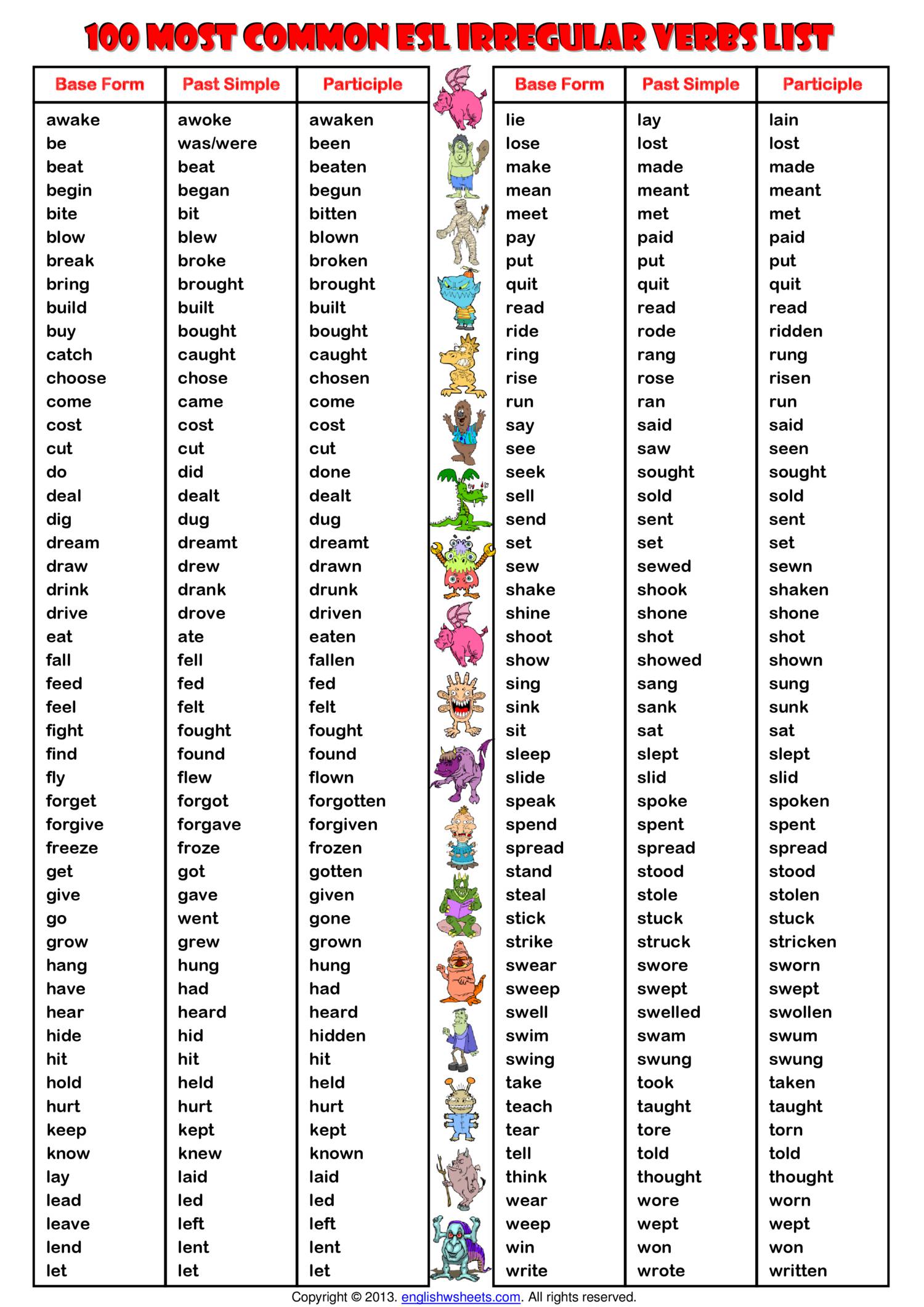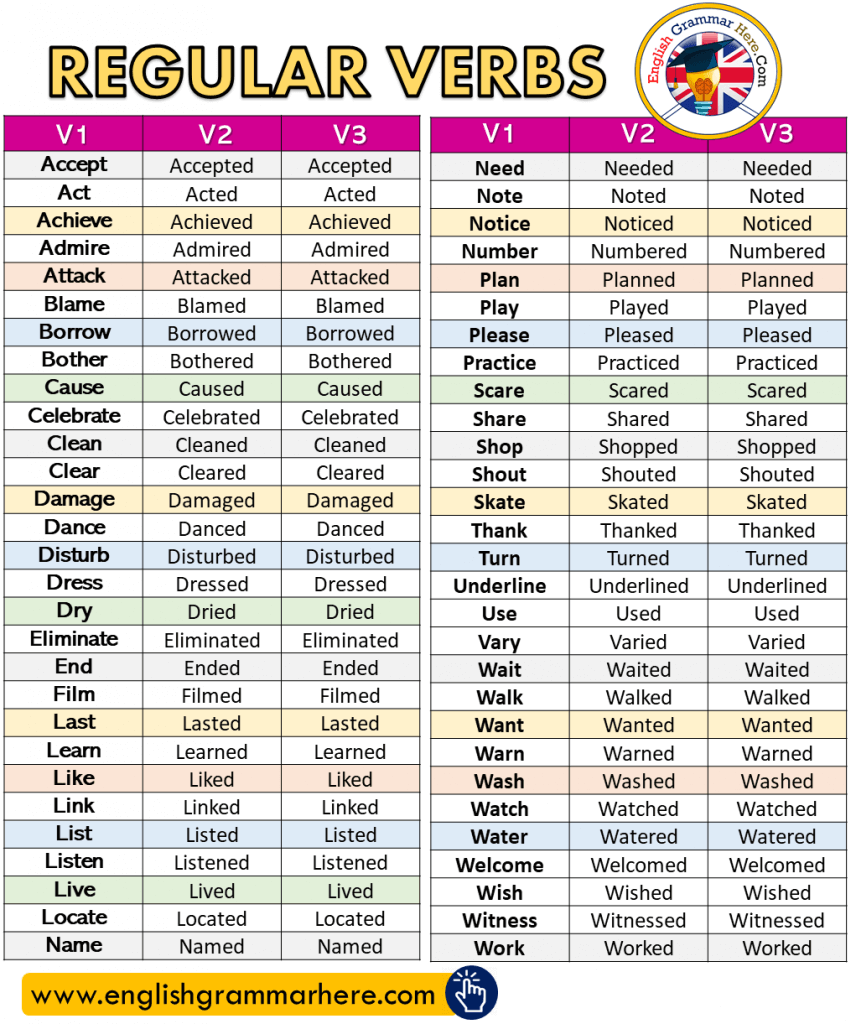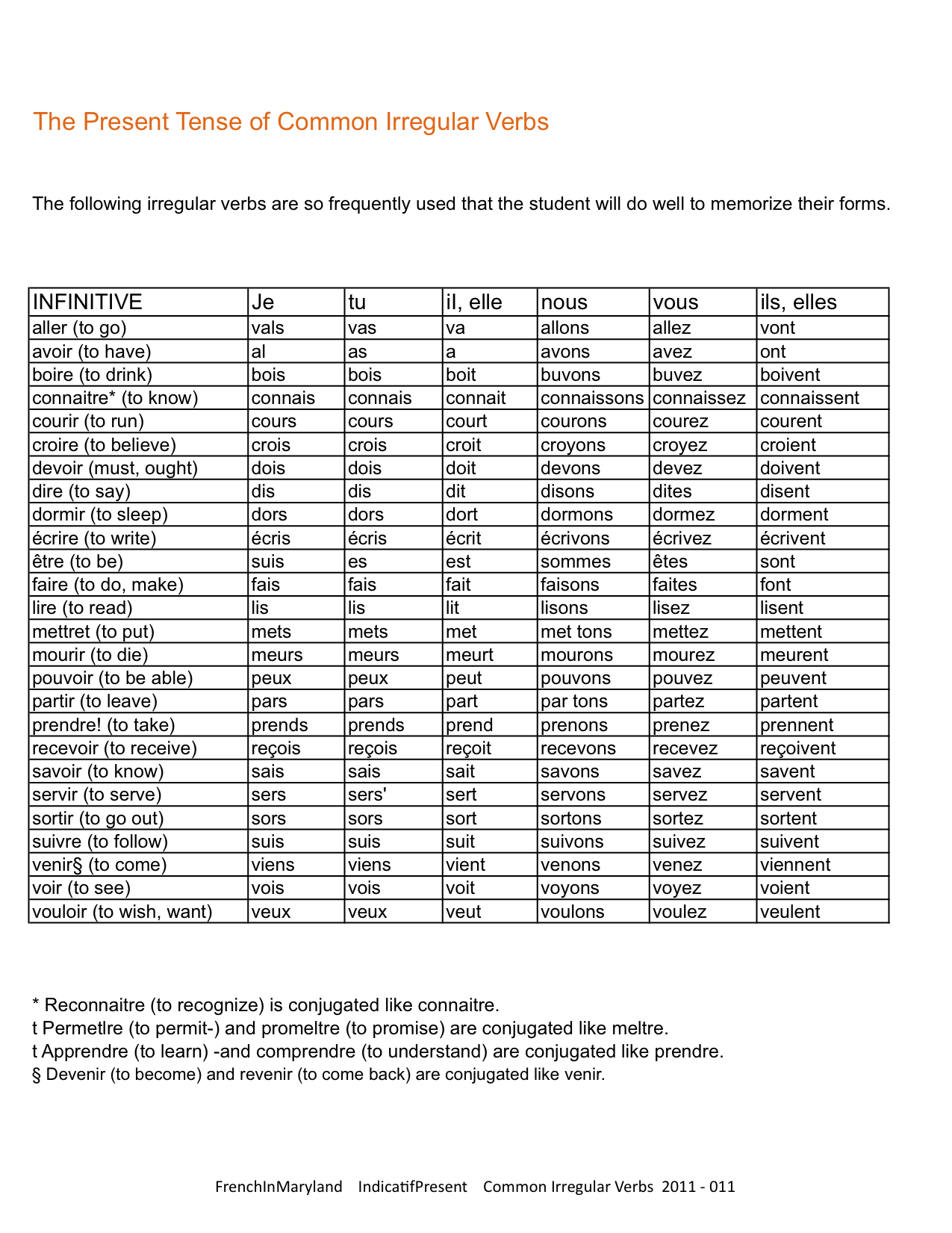
If the verb ends with ‘consonant + y’ (for example, ‘to try’ or ‘to cry’) the ‘y’ is removed and we add ‘- ies‘ to the infinitive (I try….He tries)

If the verb ends with a vowel or with ‘ch’ or ‘sh’, we add ‘- es‘ to the end of the infinitive (I teach….He teaches) If the verb ends with a consonant, we add ‘- s‘ to the end of the infinitive (I like….He likes). The exception is for the third person singular.Ĭonjugation for the third person singular (he, she, it) In English, most forms of the present simple use the verb infinitive (without ‘to’). We do not use the present simple to talk about things or events in progress. I’m going to bed as soon as I finish this exercise.– In negative statements and questions we use the negative form of the auxiliary verb ‘do’ (don’t / doesn’t)Īfter the conjunctions (when, as soon as) and speaking about the future, or thinsg that happen often, we use the present (even if the sentence refers to actions in the future) La forma negativa del Present Simple si costruisce con ‘don’t / doesn’t’ + verbo. Alla terza persona si usa ‘does’ invece di ‘do’. Le forme interrogative del Present Simple si construiscono con ‘do’ seguito dal soggetto e dal verbo all’infinito senza ‘to’. In questions (interrogative), the present is often used with the auxiliary verb ‘do’ (do / does). We can use the present simple to talk about our habits and how often we do something: ‘The green mile’ is a very good book (opinion).Paolo speaks Italian, English and French (fact).The train station is in Via Marconi (fact).Malta is very hot in the summer (fact / describing a noun).– The Present Simple Tense is used to describe things, to talk about facts, habits or things which happen regularly, to talk about present states and also to give general opinions. Anche in Italiano, in questi casi, si usa la forma semplice del presente (faccio, lavoro, mi piace, ecc). Si usa il Present Simple per dire qualcosa che è vero in generale, o per parlare di situazioni o azioni ricorrenti.


Present Simple – Irregular Verbs in the Present Simple.We use the Present Simple Tense to talk describe things, to talk about facts, things we like or don’t like, things that happen regularly, to talk about present states and to give general opinions.


 0 kommentar(er)
0 kommentar(er)
